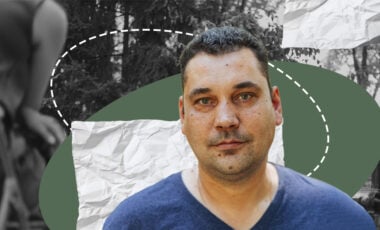Farmer from western Ternopil plants 5,000 melon seeds to support depleted southern regions known for watermelons
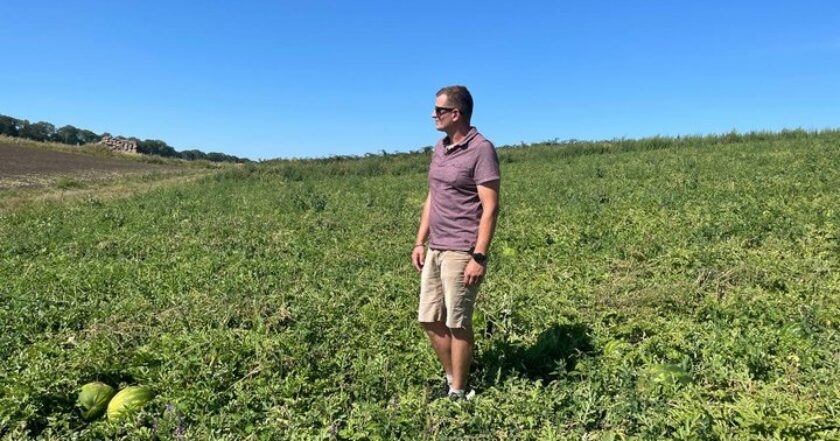
Фото: Суспільне Тернопіль
Roman Shul, a farmer from Ukraine's western Ternopil region, planted melon seeds for the first time on his land.
His fruits are weighing up to eight kilograms, being similar to well-known southern watermelons. However, the war-ravaged lands cannot produce as much fruits anymore. Farmers from all over Ukraine try to harvest their products to revive the fruit.

Photo: Suspilne Ternopil
This is Roman's first harvest on his own field. The man says he planted melons on 70 acres of soil.
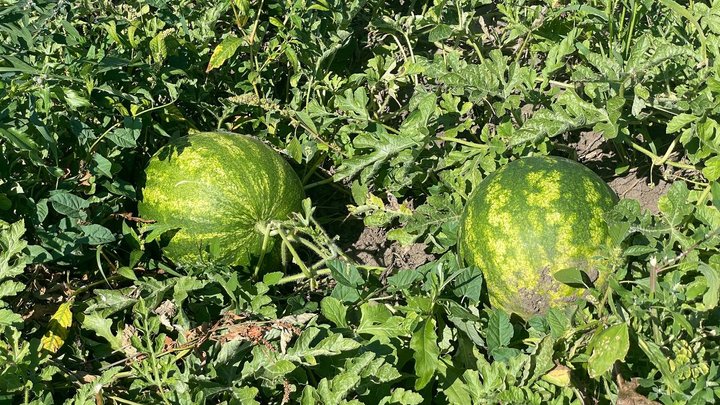
Photo: Suspilne Ternopil
We planted about 5,000 seeds here, which we ordered online. The demand was very high, Roman said.
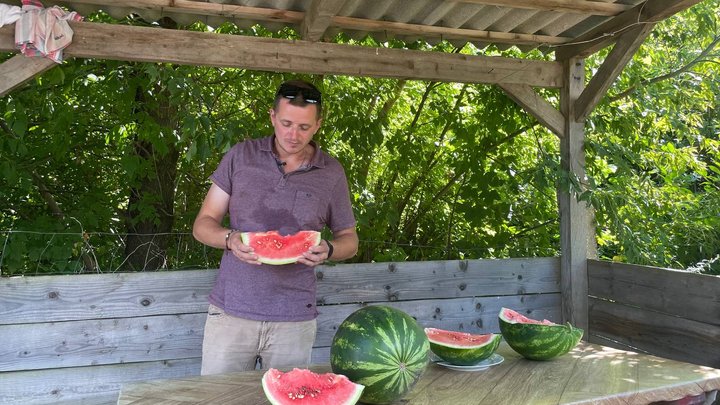
Photo: Suspilne Ternopil
He taught himself to care for watermelons by using Youtube tutorials. The farmer says that his fruits don't require much care. To moisten it, the farmer uses drip irrigation.
Watermelon is planted in May. We have a rather cool spring. Watermelon needs watering for sure. After we planted it, we started weeding, fertilizing and treating with protective products. You have to look at it all the time. You have to water it constantly, he said.
Roman Shul says that this year's harvest was positively affected by late and prolonged rains.
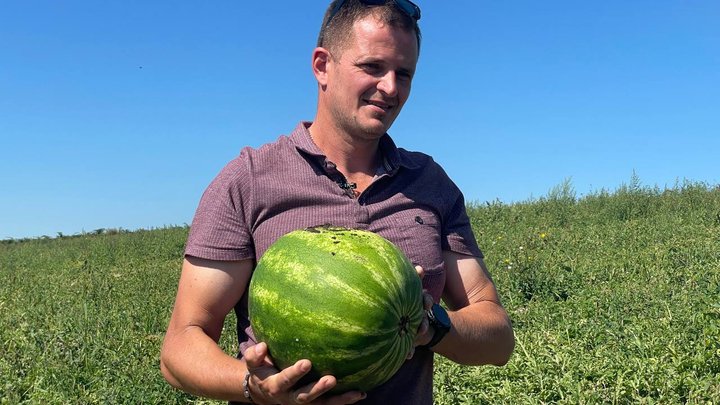
Photo: Suspilne Ternopil
We had little sunlight and temperature. There is enough water. This year we had a very cold spring and a very cold summer. Just two weeks ago, warm and good weather finally returned. This was only good for the watermelon. Until then, it was stressed. It stopped growing, and its bloom was delayed, the farmer stressed.
Before the full-scale war, 35-40% of Ukraine's melons and watermelons were grown in the Kherson region. Ukrainian farmers have already sown an area of 22.5 thousand hectares in this region, yielding more than 160 thousand tons of crops. Nevertheless, they plan to gather 6,000 tons of fruits in 2023.
Farmers have also started the harvest in the Odesa region, having allocated twice as much land for melons as usual, which is 3,200 hectares.
























